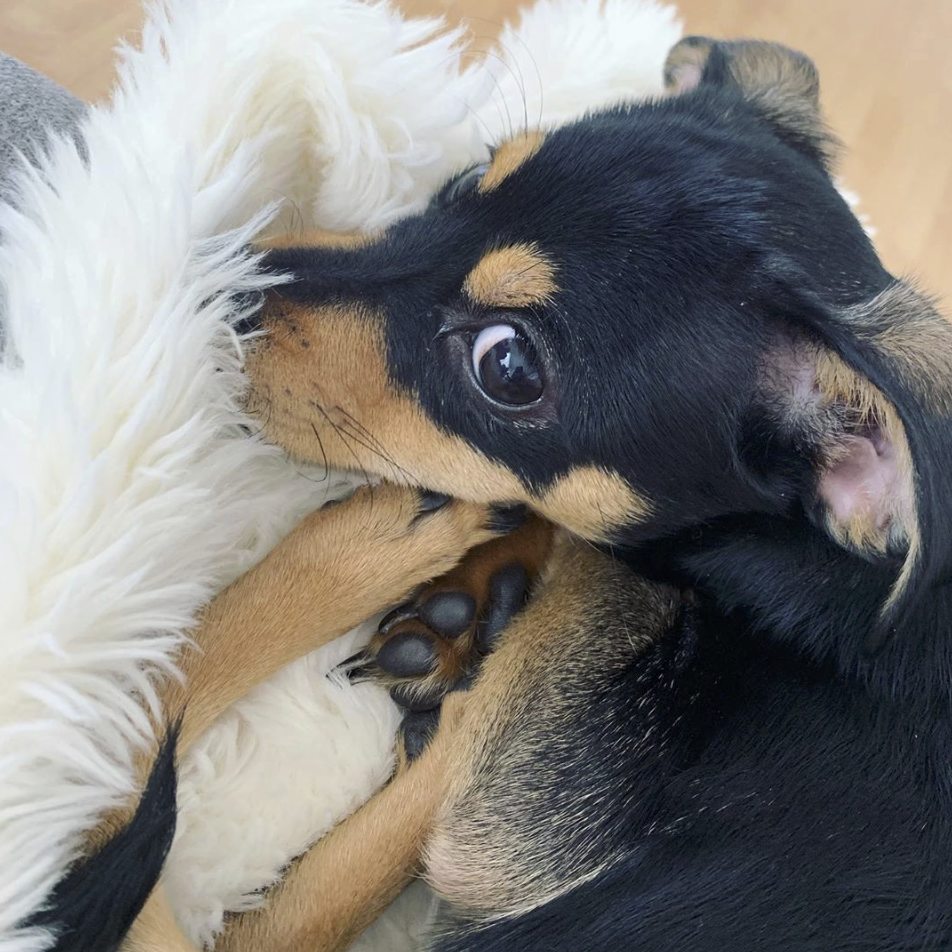If you are a dog owner who is familiar with Dog Separation Anxiety, you would know that the term is a really subtle description for such a destructive behavior. For dog owners who are not familiar with the term, Separation Anxiety is what happens when your dog gets stressed when you leave the house. Separation Anxiety in dogs is a phenomenon that can manifest itself in so many different ways.

Here are some of the symptoms of Separation Anxiety in Dogs
- Destructive behavior
- House soiling
- Excessive vocalization
- Refusal to eat or drink when left alone
- Efforts to leave the house
- Impulsive Excretion
- Excessive Shedding
- Hectic Welcoming, among others
It is important to note however that some other illnesses have symptoms similar to the ones aforementioned. As a matter of fact, in some cases, these ‘symptoms could just be a normal reaction to certain things. For instance, destructive behavior is common among pups that need to burn out all the vibrant energy coursing through their bodies.
Shedding of hair could just be a common dermatological condition that can be combated with something as simple as a deshedding tool. Escape efforts might just mean that your dog is going through a period of heat!
All in all, Separation Anxiety is a really serious condition that makes dog owners give up their pets when they find the situation too destructive to cope with. Before you give your dog up, make an effort to figure out what’s wrong with it.
How to Help Your Dog Suffering From Separation Anxiety
If you figure out that the underlying cause of your dog’s weird behaviour is Separation Anxiety, here are a few things that you can do to help ease your dog of the stress your absence might cause:
Take your dog for a walk every morning
A great way to ease Separation Anxiety in your pet is to take it for brisk early morning walks. Make the walks as long and rigorous as possible. Using a dog backpack with extra weight in it might help. After the exercise, treat your dog to food and water. Depending on the breed of your dog, it may need to rest before having to eat. This way, you put your dog in a restive mode when you’re away.
Don’t make your exiting or entering your house a big deal
The best way to do this is to avoid talk, touch and contact with your dog moments before you are about to leave. The amount of time you use to practice the rule could vary from five minutes to one hour depending on the severity of your dog’s condition. When you do this, you’re telling hour dog that leaving the house is not that much of a big deal.
Say goodbye to your dog long before you leave
If you have trouble practicing the ‘No Contact’ rule, try saying goodbye to your dog way before you leave. Take a while to show your dog affection and tell it that you will miss him before you leave. actually leave. This way you won’t hurt your dog’s feelings if you don’t bid it farewell before you leave.
Leave your dog with a good audiobook
Do you know that audiobooks can help your dog with separation anxiety? Studies have shown that the sound of a human voice can reduce the stress your dog goes through when you are not around.
Stay calm and assertive!!
Dogs can feel it when you are feeling nervous and guilty, so leave your concerned feelings behind. Instead, project the confident energy of a pack leader. This way, you’re making your dog know everything is going to be okay.
My familpy members ever time say thjat I aam waating my time herte att net, howevver I know I aam gstting familiariy all thhe tiume bby reading tbes fastidious posts.